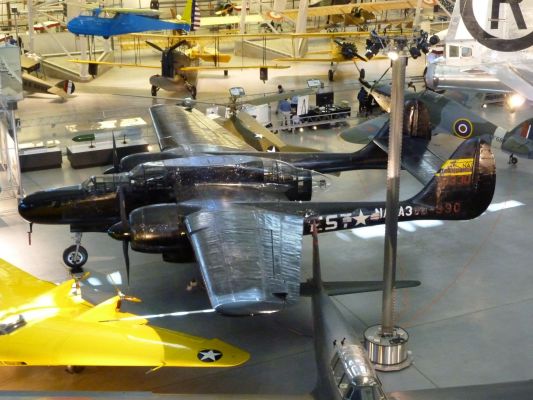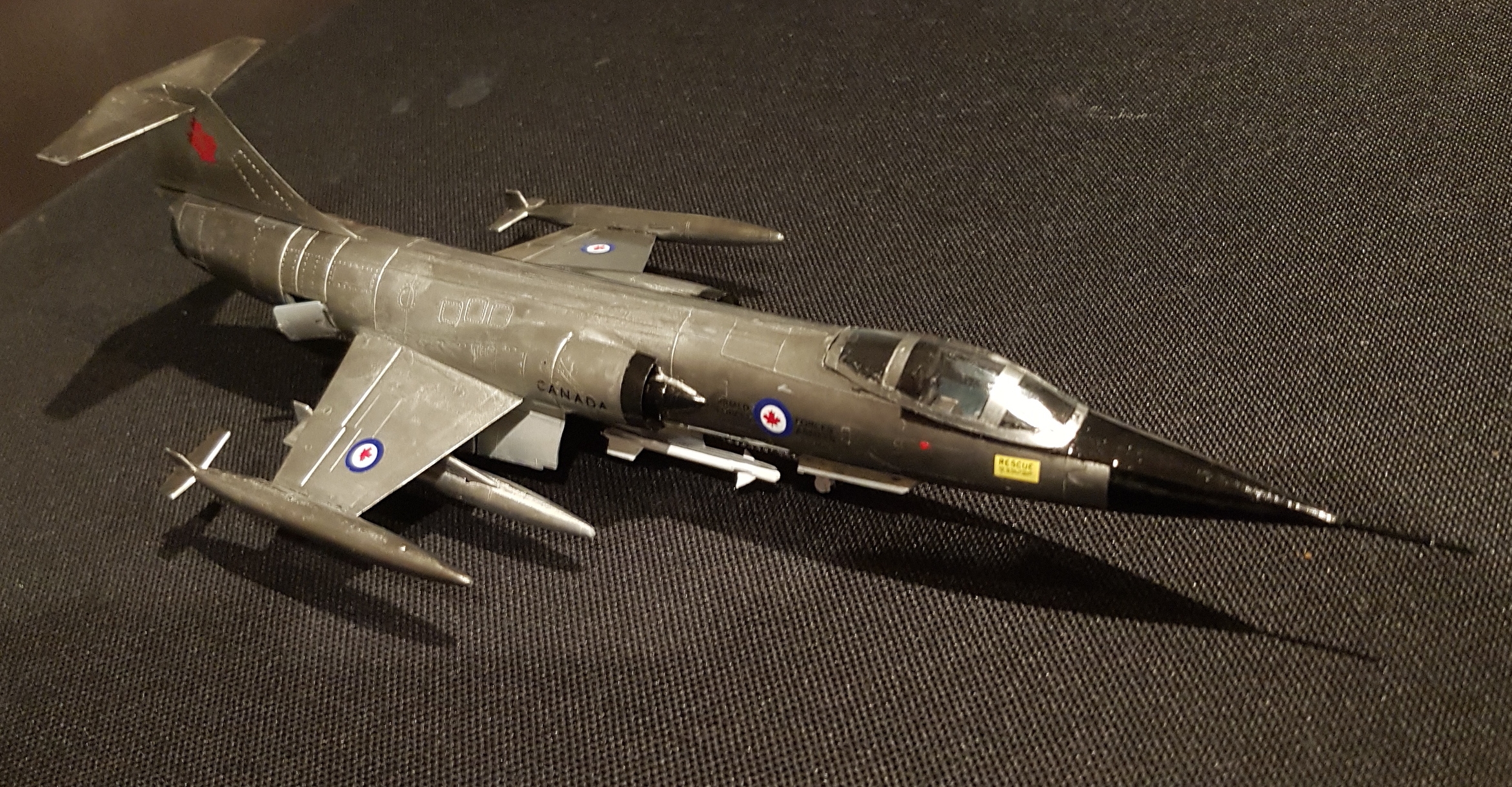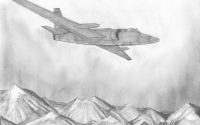Plane of the Day, Northrop P-61 Black Widow
The Northrop P-61 Black Widow was the first American aircraft designed to take advantage of radar technology in order to be able to intercept at night or in bad weather. The crew consisted of a pilot and radar operator, who sat in the back of the fuselage, and a gunner who operated the remote control turret (similar to the turret on the B-29 Superfortress). The radar operator would lead the pilot to the target and then the pilot could use a small scope on his instrument panel to engage the enemy aircraft. Both radar operators and pilots were given credit for any kills.
The P-61 first flew in May, 1942 and remained in service until 1954. It saw combat in all theatres of WWII and was responsible for the downing of over 120 enemy aircraft, as well as intercepting German V-1 Buzz Bombs. The Black Widow is also considered to the be the aircraft responsible for the last kill against the enemy before the surrender of Japan. A P-61, dubbed “Lady in the Dark”, forced down a Nakajima Ki-44 without firing a shot on August 16, 1945. Over 700 P-61’s were produced during the war.
The example shown here, from the Smithsonian Air and Space Museum at the Stephen F. Udvar Hazy Center, is a P-61C that flew in a variety of roles, from USAAF cold weather testing, to performing scientific experiments for NACA (the National Advisory Committee on Aeronautics, the precursor to NASA), to being used by the USAF for flight testing. As such, it has been restored with parts of three different paint jobs carefully exposed. The turrent was removed to make room to carry additional equipment.
Northrop P-61 Black Widow
Speed: 366 mph
Ceiling: 33,100 ft
Armament: 4 20mm cannon, d, 4 .50in machine guns in upper turret, and up to 3200lbs of bombs
Crew: 3
Click on the image for a larger version.



